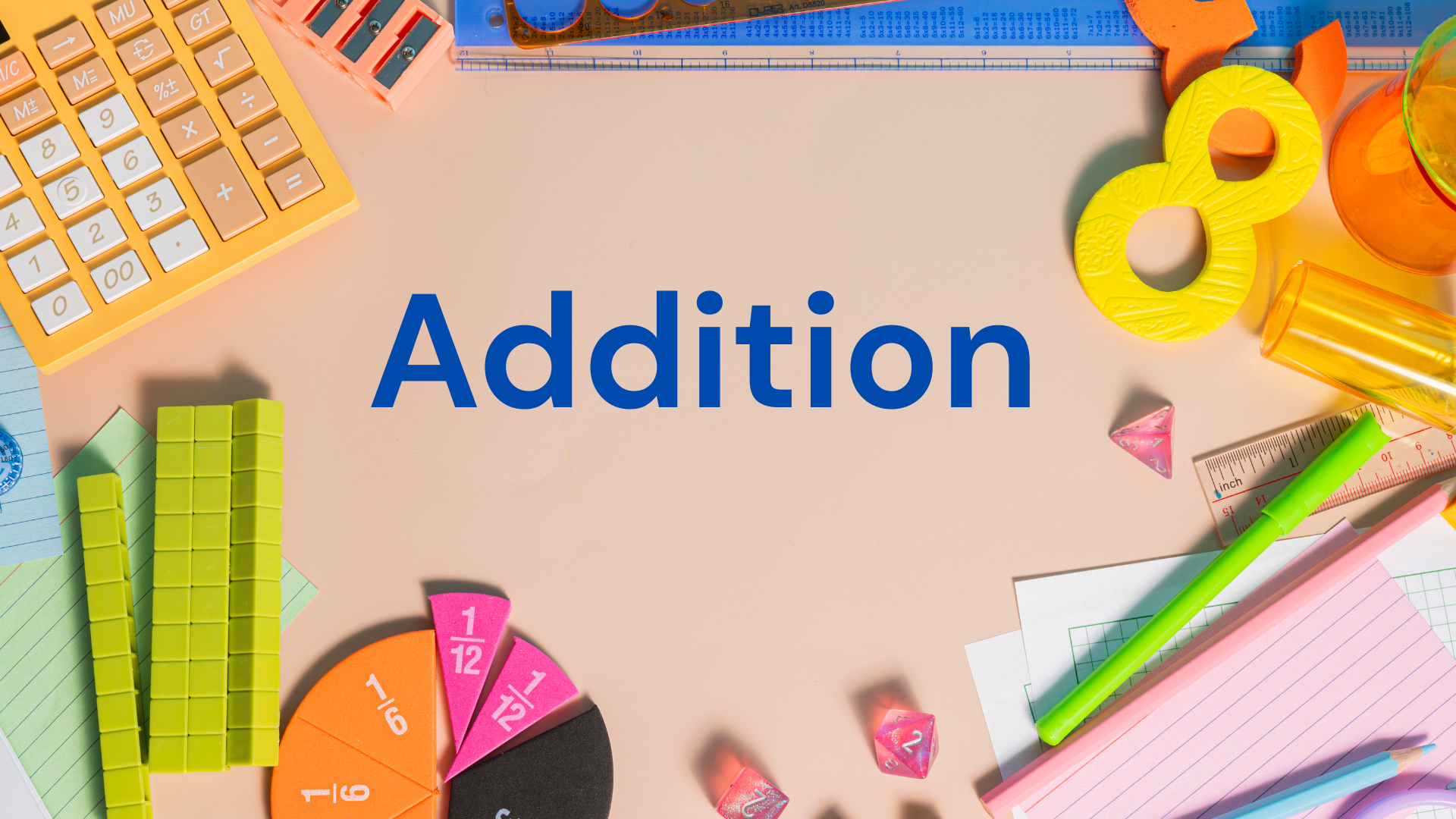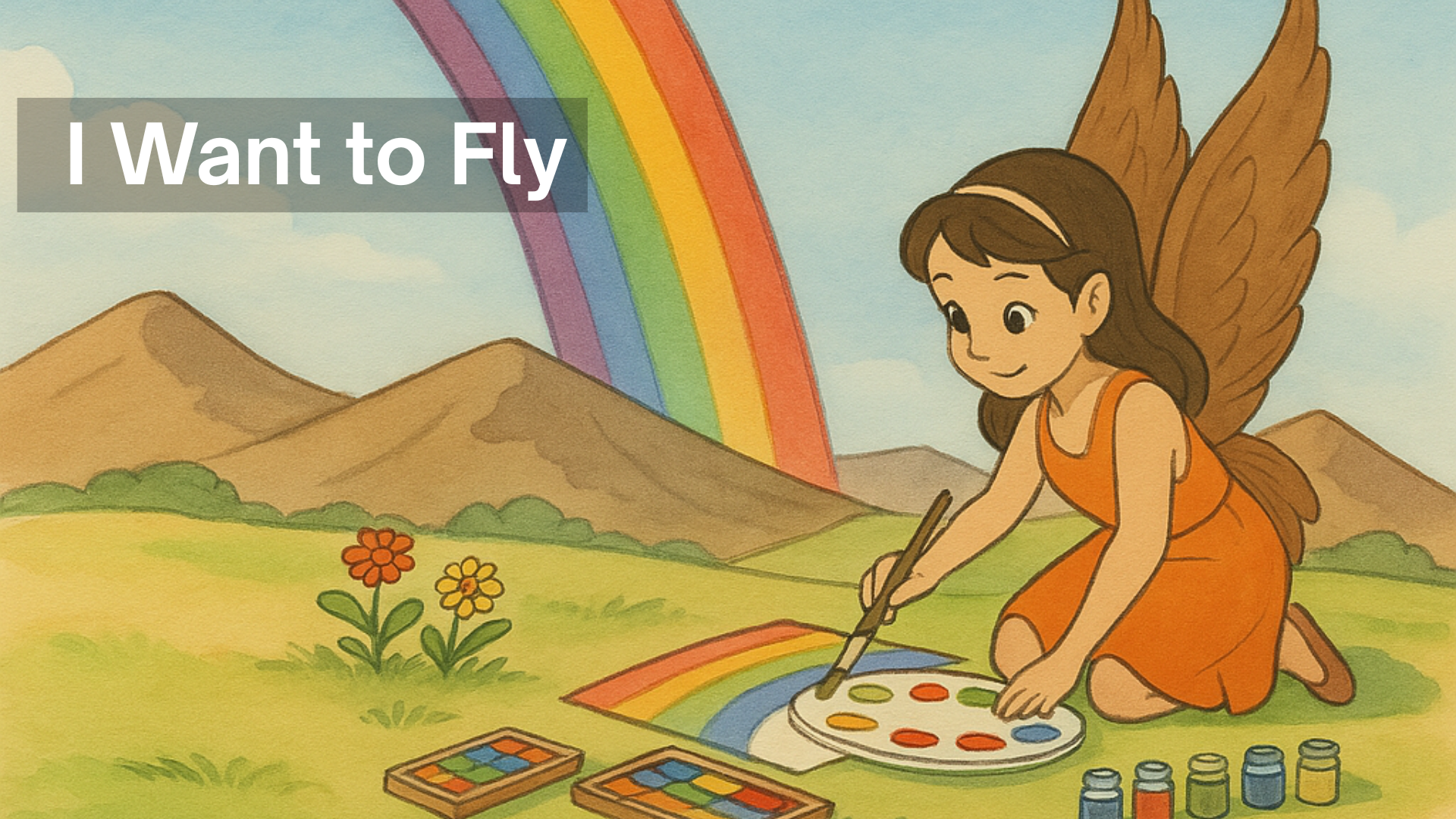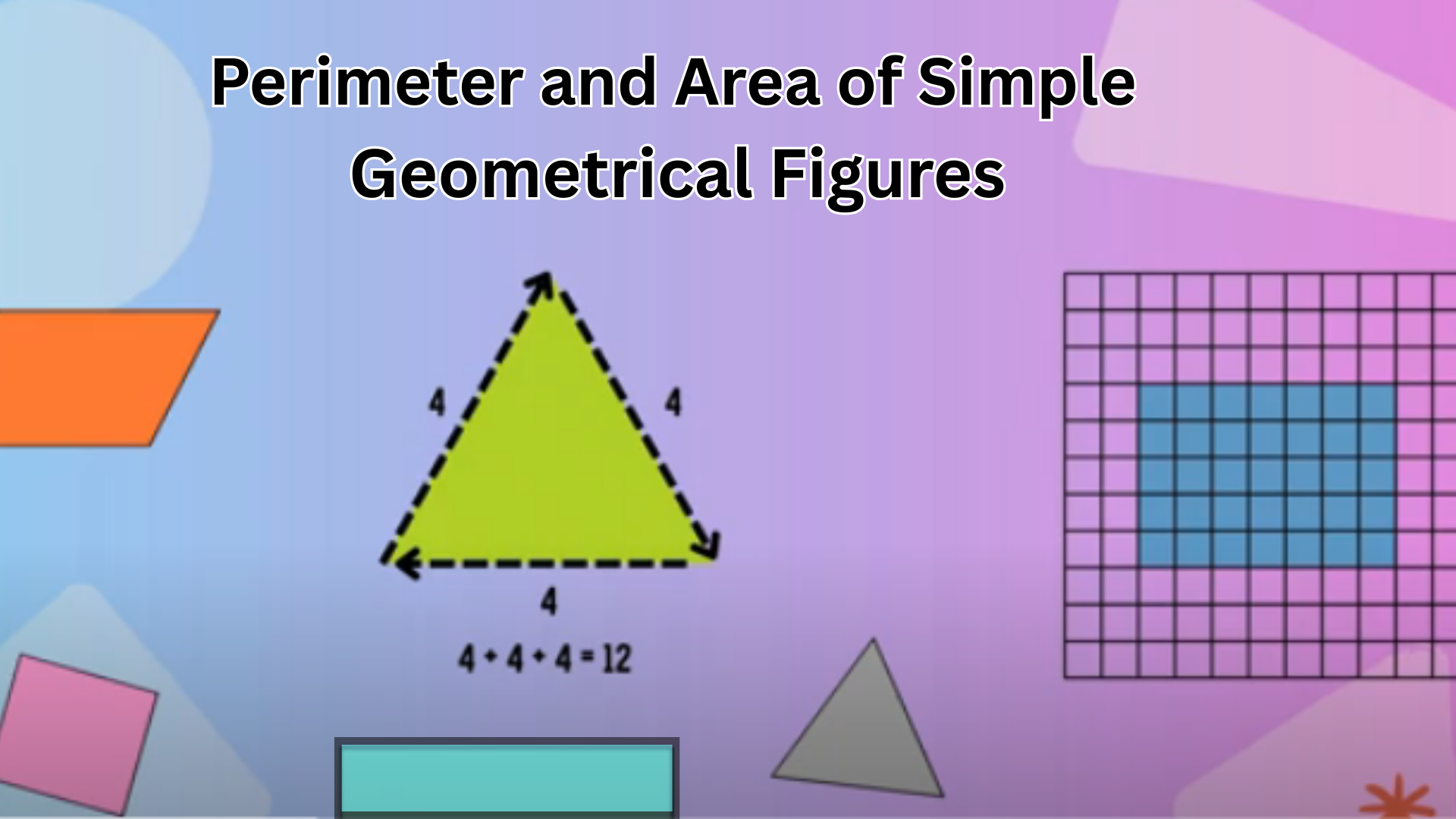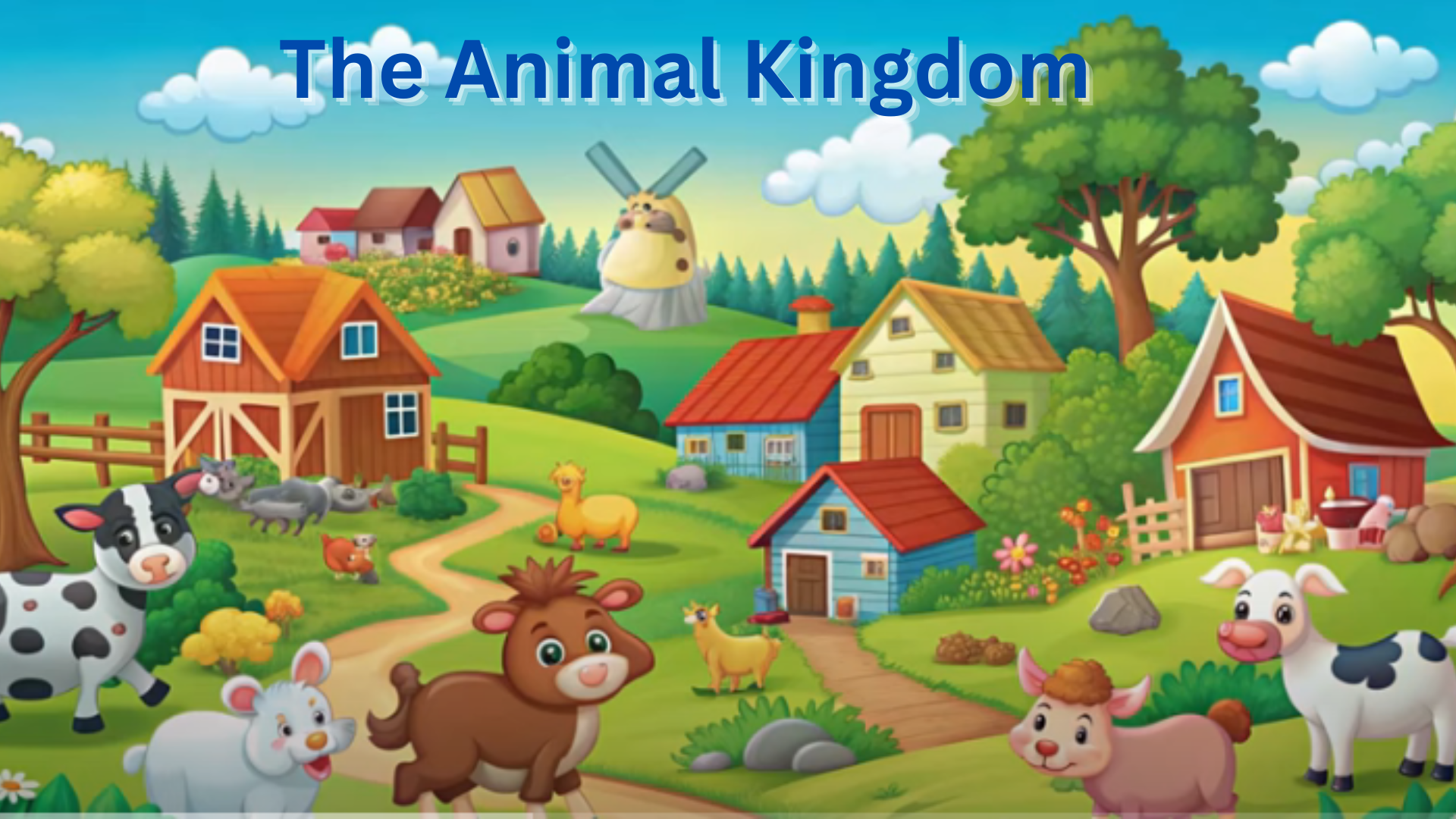Addition
Hello dear children! Today, we’re going to learn something really exciting and useful — Addition! You’ve already learned how to add 3-digit numbers, right? Great job! Now, we’re going to level up and learn how to add 4-digit numbers — both with and without carrying. Don’t worry, I’ll be with you every step of the way! What is Addition? Addition means putting things together. When we add, we’re simply finding how many in total. Just like when you collect tamarind seeds after playing a game and count how many you got — that’s addition! Real-Life Example: Shopping at the Store Imagine you went to a shop and saw different items with price tags: Now you want to know how much money you’d need to buy both. We add the numbers like this: markdown 2454 (Cost of Mobile) + 324 (Cost of Calculator) ——- 2778 (Total) So, you’d need ₹2778 in total! Let’s Understand Addition Step-by-Step Let’s take one more example. A housewife buys: Let’s add their prices together. markdown 2420 + 1349 ——- 3769 That means she spent ₹3769 in total. Always remember: Start adding from the units place, then move to tens, then hundreds, and finally thousands. Addition with Carrying (Regrouping) Sometimes when you add, the total in one column becomes more than 9, so you need to carry the extra value to the next place. Let’s look at an example: Let’s add: markdown 3847 + 2454 ——- 6301 Here’s how we got that: 1️ Add units: 7 + 4 = 11 → write 1 and carry 12️Add tens: 4 + 5 = 9 → plus the carry = 10 → write 0 and carry 13️Add hundreds: 8 + 4 = 12 → plus 1 = 13 → write 3 and carry 14️ Add thousands: 3 + 2 = 5 → plus 1 = 6 So, total = ₹6301 Wasn’t that fun? Adding in Your Head (Mental Math) Sometimes, you don’t even need paper and pencil! You can add numbers in your mind by breaking them up. For example:328 + 241 Let’s split 241 into parts: 328 + 200 = 528 528 + 40 = 568 568 + 1 = 569 So, 328 + 241 = 569 Easy, right? Let’s try a bigger one: 5347 + 2635 Break 2635 into 2000 + 600 + 30 + 5 yaml 5347 + 2000 = 7347 7347 + 600 = 7947 7947 + 30 = 7977 7977 + 5 = 7982 FAQs Q: Do I always need to carry when adding 4-digit numbers? A: No, only when the total in one place is 10 or more. Then we carry to the next place. Q: What should I do first while adding? A: Always start from the units place (the rightmost number). Q: Can I add numbers without writing them down? A: Yes! That’s called mental math. You can break numbers into parts and add them step by step in your mind. Q: Why do we need to learn addition? A: Because we use it every day — at shops, while cooking, or even counting your toys! Q: I made a mistake while adding. What should I do? A: That’s okay! Mistakes help you learn. Just check each step and try again. You’ll get it! Keep Exploring! Addition is a superpower you’ll use all your life — whether you’re counting pencils, chocolates, or helping at home. Practice a little every day and you’ll become an Addition Expert in no time!Remember children, if something feels tricky, don’t be shy to ask your teacher. I’m always here for you! Take assessment: 1. Multiple Choice Questions (MCQs) 2. Fill in the Blanks 3. Match the Following 4. True or False 5. Short Answer Questions 6. Long Answer / Explain in Sentences 7. Number Expansion / Place Value Questions 8. Complete the Pattern / Sequence 9. Draw and Represent 10. Word Problems 11. Sorting/Grouping Activities 12. Oral Questions / Viva Style 13. Error Identification 14. Connect with Daily Life 15. Games / Riddles Great for engagement and critical thinking.Example:I am a number with 4 tens and 7 ones. Who am I?





